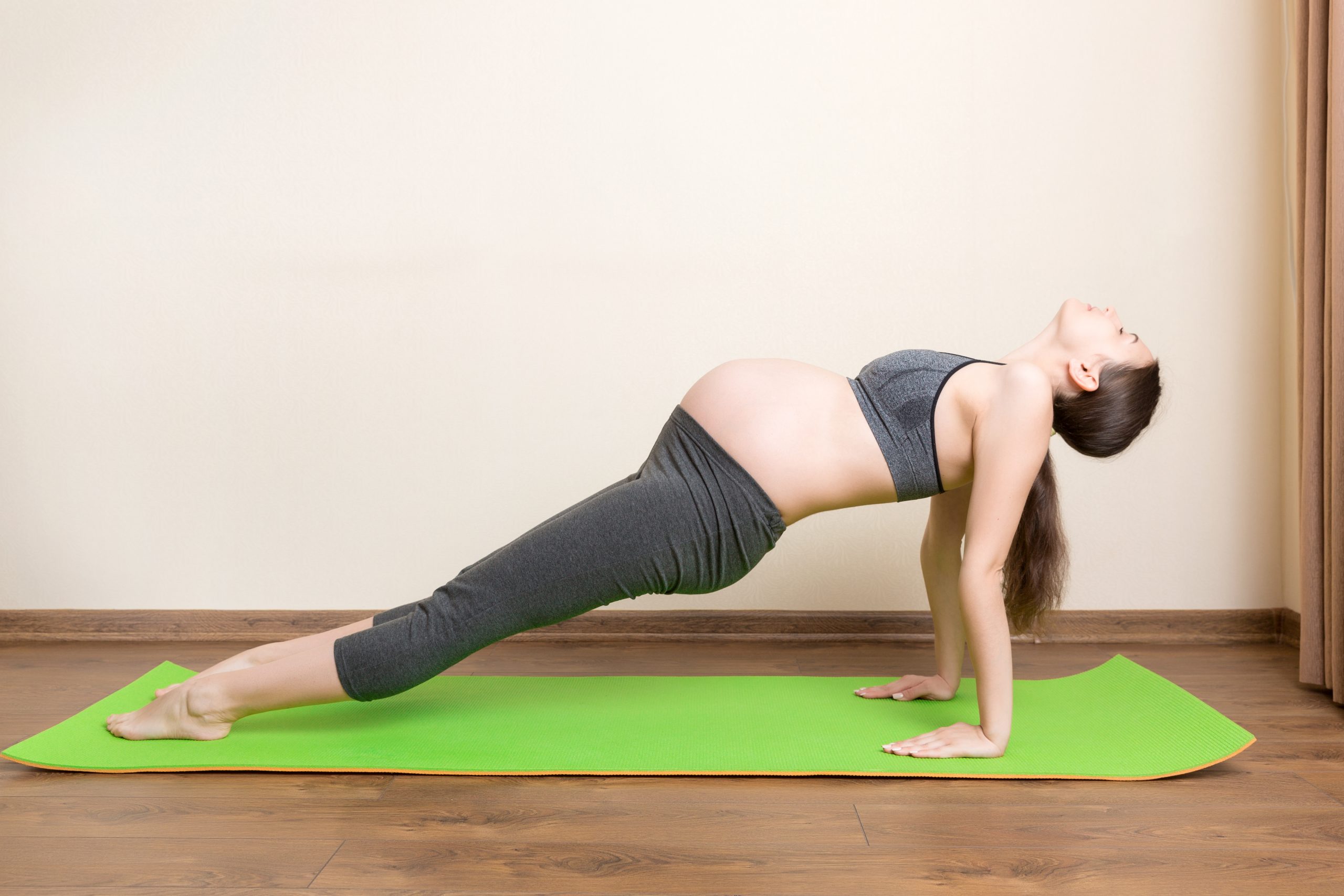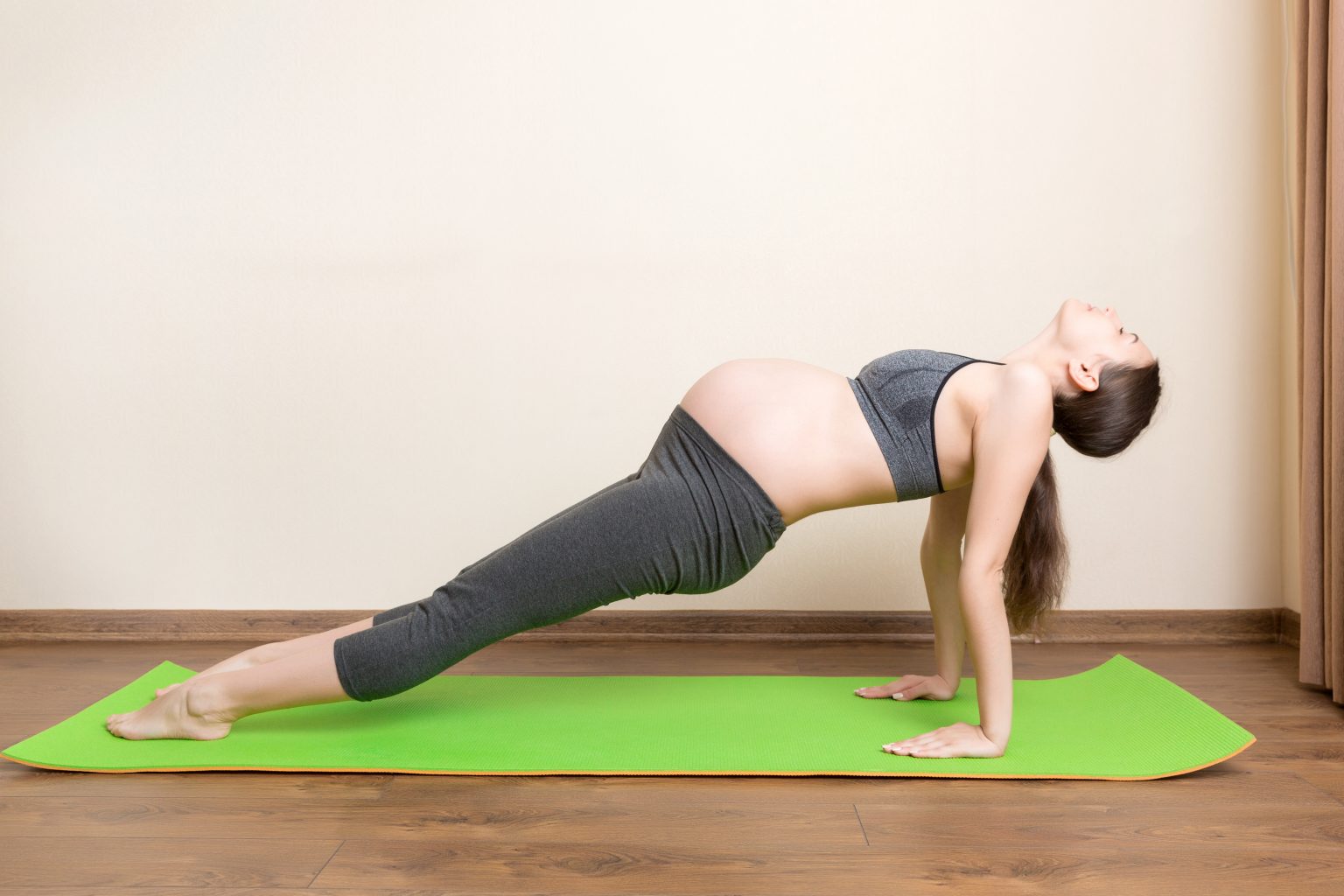Pregnancy is one of the most beautiful and transformative phases of life, filled with excitement, hope, and sometimes a little anxiety. During my own pregnancy, I came to realize the importance of staying active and maintaining proper nutrition.
Thirteen years ago, when I experienced this journey for the first time, I had very little understanding of these concepts. However, these choices not only benefit physical health but also greatly support emotional wellness. I can see this very well with all the feedback I get from my prenatal students, who often share how staying active has transformed their pregnancy experience.
Yet, pregnancy is often surrounded by myths and outdated advice that can limit a woman’s potential for a healthy and active journey into motherhood. One of the most common misconceptions is that pregnancy is a time to rest excessively, avoid movement, and treat the body as fragile. This was the advice given to me back then, and as a result, I could do very little about it. While rest is essential, treating pregnancy like an illness is far from the truth. In fact, staying active during pregnancy is not only safe but also highly beneficial for both the mother and the baby.
Why Staying Active Matters During Pregnancy
Regular physical activity during pregnancy offers a plethora of benefits, including:
- Improved Physical Health: Exercise helps maintain a healthy weight, reduces the risk of gestational diabetes, and improves cardiovascular health. It also strengthens muscles, which can alleviate common pregnancy-related discomforts like back pain and cramps.
- Better Mood and Mental Health: Hormonal changes during pregnancy can lead to mood swings and stress. Physical activity boosts endorphin levels, which help reduce anxiety, improve mood, and promote better sleep.
- Easier Labor and Delivery: Regular exercise enhances stamina and strengthens pelvic floor muscles, which are crucial for a smoother labor and delivery process. Studies suggest that active moms are more likely to have shorter labor and fewer complications.
- Healthy Baby Development: Exercise promotes better blood flow and oxygen delivery to the baby, contributing to optimal growth and development.
Busting the Myths Around Pregnancy and Exercise
Many women shy away from exercise during pregnancy due to misinformation. Let’s debunk some common myths:
- Myth: Exercise can harm the baby.
- Fact: Safe and moderate exercises, like walking, yoga, and swimming, are perfectly safe and beneficial for both mother and baby.
- Myth: Pregnant women should avoid lifting anything or engaging in strength training.
- Fact: Light strength training, under proper guidance, can improve muscle tone and reduce aches and pains.
- Myth: The first trimester is too risky for exercise.
- Fact: Unless advised otherwise by a doctor, light to moderate exercise is generally safe throughout pregnancy. Always consult your healthcare provider before starting a routine. Women with a low-lying placenta can also engage in mild exercises, pranayama, and meditation to help manage the challenges of the first trimester.

Best Ways to Stay Active During Pregnancy
- Walking: A simple yet effective way to keep your body moving. Walking improves circulation, boosts mood, and is gentle on the joints.
- Prenatal Yoga: Yoga is a holistic way to improve flexibility, balance, and mental clarity. Prenatal yoga also focuses on breathing techniques that are invaluable during labor.
- Swimming: The buoyancy of water supports your body, making swimming a low-impact exercise that’s excellent for pregnant women.
- Strength Training: Light weights and resistance exercises help maintain muscle tone and reduce pregnancy discomforts. Always ensure proper form and guidance.
- Pelvic Floor Exercises: Strengthening your pelvic floor can prevent issues like urinary incontinence and support your body during delivery.
Expert Advice on Maintaining Fitness During Each Trimester
As you move through each trimester, your fitness routine and diet need adjustment.
First Trimester
Fatigue often hits hard in the early stages. So focus on light exercise like walking and short Yoga sessions.
Tip: Pay attention to your body. Rest when you need it; tiredness is normal as your body adapts to changes.
Research has shown that mild to moderate exercise during the first trimester improves circulation, reduces stress, and helps regulate blood sugar levels, lowering the risk of gestational diabetes (ACOG, 2020)1.
Second Trimester
With energy levels rising, you would feel motivated to move around. Engage in 30-45 min walking, structured workouts, including the strength exercises along with Prenatal Yoga.
Tip: Now is a great time to focus on your pelvic floor muscles. Incorporating Kegel exercises can strengthen these muscles, providing essential support during labor.
Third Trimester
During the final stretch, you might feel fatigued and find intense workouts challenging. Shift your focus to prenatal yoga and gentle stretching, which not only ease discomfort but also prepare you for labor.
Tip: If you’re considering labor positions, practicing lunges, Supported Squat, and seated hip openers can be incredibly beneficial.
A systematic review and meta-analysis, published in 20232 highlights that prenatal yoga in the third trimester can improve flexibility, reduce back pain, and lower the risk of anxiety and depression, contributing to a better labor experience
Safety Tips for Exercising While Pregnant
- Always consult your doctor before starting or continuing an exercise regimen.
- Listen to your body and avoid overexertion. If you feel dizzy, short of breath, or in pain, stop immediately.
- Stay hydrated and avoid overheating.
- Wear comfortable clothing and supportive shoes.
Final Thoughts
So lets Understand, Pregnancy is not a limitation but an opportunity to embrace strength and vitality. By ditching the couch and staying active, you’re investing in a healthier, happier pregnancy for yourself and your baby. Movement is empowerment—it’s your body’s way of preparing for the incredible journey of bringing life into the world. So, lace up your sneakers, unroll your yoga mat, and let’s redefine what it means to thrive during pregnancy.
References
Love & Light
Parul Agarwal (Author)




